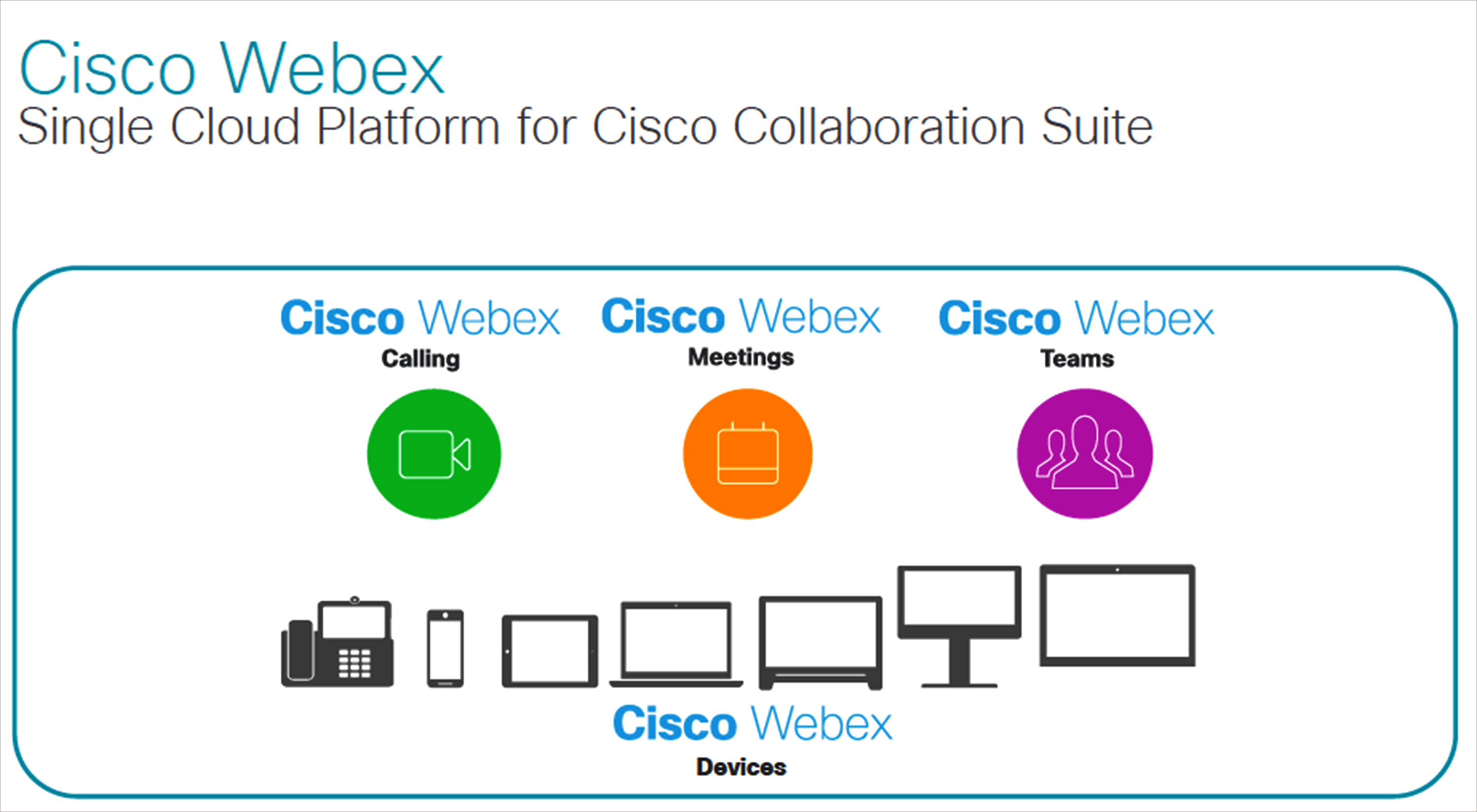The nature of the workplace is undergoing tremendous transformation. The growth of high speed broadband has made it possible for remote teams and workers to exchange voice and video communication. But effective work practices in an organisation also require that workers collaborate at the right time and in the right way. Two key fundamentals: teams and emails, that were legacy points of control are now changing massively and at a rapid pace, according to Andy Brocklehurst, Collaboration leader for Cisco in EMEAR.
According to Brocklehurst, the challenge is therefore, “How do we have geographically dispersed teams with expertise across different organisations reach one another, simply, really quickly, and make informed quick decisions.” From a technology point of view, “How do you link front office to the back office is really key,” he continues.
For global workers anywhere, the most important aspect of collaboration that generates business results is effective team communication. This is followed by the ability to collaborate externally and the ability to find experts. However, the heterogeneous workplace of today, is also being influenced by the growing percentages of Generation Y and Generation Z in the workforce. Hence, what this group uses and how they wish to use their work tools, are also important consideration for adoption of any collaborative tools.
Similar, global surveys indicate that if too few users use the tools, the desired work objectives will not be achieved. Lack of integration with other applications and not being aligned with user preferences are other inhibitors that reduce the effectiveness of collaboration tools. With the changing demographics of the workforce, both IT and finance need to select tools that their users will be ready to work with. Typically, what is easiest to buy are the hardest to use.
“In technology companies we talk too much about the technology and not enough about what the user wants to do. The user does not want to have to think about the tools. They just want to think about what they want to get done,” says Brocklehurst. Global surveys indicate that if too few users use the tools, the desired work objectives will not be achieved. Lack of integration with other applications and not being aligned with user preferences are other inhibitors that reduce the effectiveness of collaboration tools. Typical negative reactions can be, “I do not want these tools, these are not what I need to get things done.”
Globally dispersed teams also tend to use a variety of collaboration tools to invite members to a meeting, conduct the meeting, and continue to follow up about the meeting. These tools are usually multi-vendor, multi-purpose, and not necessarily built to work with each other. This raises the question of how secure and complaint are they, and what is the total cost of ownership of using them in combination.
Now Cisco has built its integrated Cisco Webex suite of solutions that includes Calling, Meeting and Teams module. This suite meets the objective of seamless content creation and sharing; enables a connected workplace regardless of time, place, device, and application; provides a true collaboration workflow experience; gives a simplified purchasing and consumption model; includes enterprise grade security with inbuilt analytics and management; offers both on-premises and cloud licensing.
As a Saas platform Cisco Webex now has 116+ million meeting attendees per month, 6+ billion meeting minutes per month, 30+ million meetings hosted per month. “There is nobody in the market that can compete with that,” reflects Brocklehurst.



